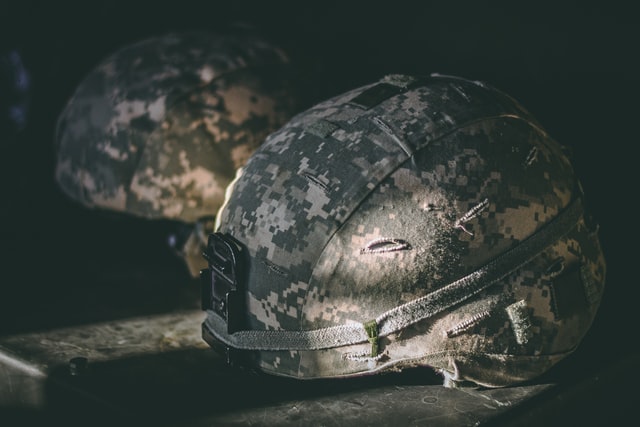The most traumatic circumstances in the lives of millions of people worldwide have never ended.
PTSD is a continuous reminder that turns every day into a chaotic mess, with flashbacks and triggers hiding around every corner. National PTSD Awareness Month aims to raise awareness about this lifelong struggle and the people it affects, and how each of us can make their lives a little easier.
Take some time to learn about the devastating effects of post-traumatic stress disorder (PTSD) and the possible causes and warning signs. Assist in raising awareness for those who are going through it.
Keep reading this blog to know what are the 5 things you should know during this PTSD awareness month.

1. Post-Traumatic Stress Disorder (PTSD) Is More Common Than You Think
Military members in the United States have a high post-traumatic stress disorder (PTSD). Veterans who helped in Iraq and Afghanistan during operations Iraqi Freedom and enduring freedom. For example, they have an 11 to 20% chance of developing post-traumatic stress disorder. That number could rise over time, as evidenced by that Vietnam veterans have a 30% chance of developing PTSD.
These figures show that PTSD affects millions of veterans in the United States. Knowing how common this issue is is an essential part of raising awareness. You can use this information to help veterans with PTSD feel less alone and isolated.
2. PTSD Is Caused by a Wide Range of Factors
Post-traumatic stress disorder (PTSD) can develop in veterans due to various traumatic life events. Veterans exposed to fighting and those who have experienced military sexual trauma are at a higher risk. However, the multiple causes go even further.
Veterans may develop PTSD not due to their trauma but due to trauma experienced by their friends or family. When a veteran learns that a friend was injured in the line of duty, for example, they may develop PTSD symptoms. Even though the initial trauma did not occur to the individual, the PTSD symptoms are no less real.
3. PTSD Affects Veterans Differently
The picture of a veteran being startled by fireworks or a car alarm is well-known in popular culture. While many military personnel suffers from PTSD in these ways, others have entirely different triggers. Because various traumas produce different motivations, it’s impossible to predict what will re-ignite post-traumatic stress in a veteran from the outside.
During this month of PTSD Awareness, it’s important to remember that PTSD manifests itself in various ways and affects different people.
As a result, pay attention to veterans who tell you that a situation is too much for them. Healing from war’s invisible wounds takes time, and everyone heals at a different pace. Don’t be discouraged if someone else appears to recover faster than you are a veteran. Trauma recovery is a highly personalized process. Being a slow healer does not imply that you are failing to recover.
4. PTSD Causes New Problems
When service members have PTSD, they also have to deal with all of the issues it causes. If you’re a veteran who can’t get help, you might be tempted to self-medicate with drugs or alcohol to cope with your symptoms. While that impulse is understandable, this behavior can quickly become addictive. Addiction can wreak havoc on your mental health and worsen the signs and symptoms of PTSD.
Another important factor that frequently coexists with PTSD is chronic pain. When veterans are injured while serving in the military, they may begin to use prescription painkillers to cope with the pain, leading to addiction. As a result, veterans must receive treatment for both PTSD and addiction. This way, you’ll be able to make a complete recovery without any unresolved issues.
5. PTSD can lead to many problems, so you can assist people who are suffering from PTSD
The most dangerous misconception is that you can’t help PTSD-affected veterans. You can always act as a resource for veterans in your life, even if you aren’t a veteran or mental health professional. Consider the following:
- Become familiar with local treatment options in case a loved one requires assistance.
- Listening to veterans’ issues and concerns and demonstrating your support
- To gain a better understanding of PTSD, read about it.
You can help veterans with PTSD no matter who you are or what you do in life. All you have to do is be ready to demonstrate that you care. Now is the best time to help a veteran in your life because June is PTSD Awareness Month.

